by Mary Grace Mauneymmauney@mistermigs.com
It’s National Wildlife Week, so we at Mister Migs felt that it would be an appropriate time to discuss wildlife in relation to your pet. While there are always videos floating around the web about a cat or dog making friends with a baby bear or wild deer, the reality is that 99% of the time, wild animals and domestic ones are a bad mix.
Many cats and dogs like to chase small creatures such as squirrels and rabbits, but these little critters may give your pet more of a fight than they bargained for if caught. Prey or not, they still have claws and teeth, and while your pet is simply after them for the fun of it, they’re fighting for their lives, and will therefore be much more vicious. Even if your pet is not seriously injured, these animals can still carry germs that can be transferred by biting, scratching, or even touching your pet. If your pet kills and eats them, they may catch parasites as well. Opossums and raccoons can be even worse, being larger and having nastier teeth, to say nothing of what diseases they might be carrying. Yet another good reason for your pets to be up to date on their rabies shots!
Coyotes present the opposite danger; they’re not dangerous prey, they’re dangerous predators. They’ll go after smaller pets, like cat or toy dogs, and larger dogs may get into fights with them, resulting in serious injury or death, as well as the same dangers of disease previously mentioned. Hawks and vultures can also be a danger to small dogs, kittens, pet rabbits, etc. Keep a watch for them from above, and feed your pets indoors so that their spilled food does not attract the smaller animals that such birds usually feed on. As a note, all birds of prey are legally protected, so do not do anything to harm them; defending a pet is not legally accepted as a valid defense for killing or otherwise harming one.
Even deer are a force to be reckoned with. Though they are typically thought of as timid, gentle creatures, a buck in rut or a doe protecting her young may attack pets, and, of course, any animal will fight back if they feel threatened. The hooves of a deer can kill a human, to say nothing of the antlers, so even a large dog can expect to be badly hurt or worse from them. Do not let your dog chase after deer, and be cautious about letting them off the leash in areas where deer are known to roam.
Wildlife is beautiful, and should be preserved. It is not their fault that they come into contact with our pets; it is we who have steadily infringed more and more into their territory. For their sake, and the sake of our beloved pets, it is our responsibility to minimize the contact and conflict that inevitability results from this overlap. So remember---look but don’t touch!

